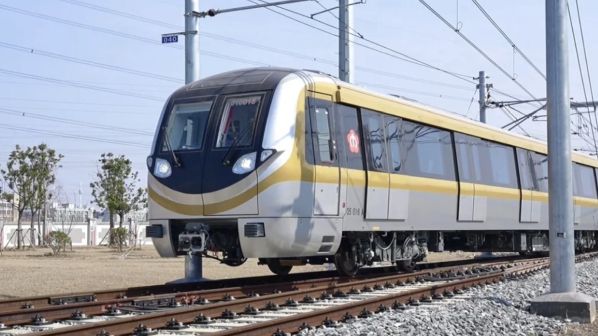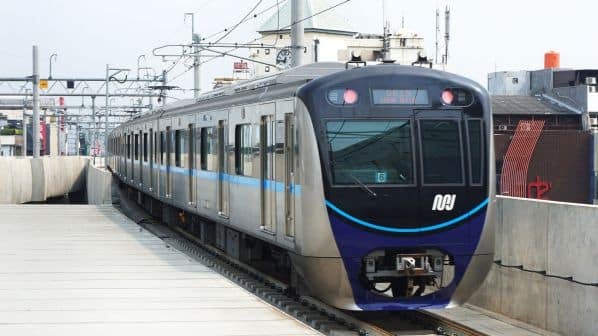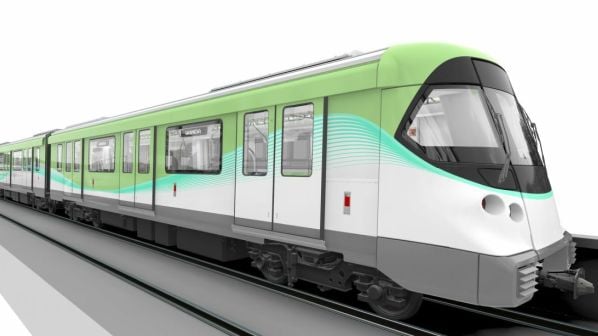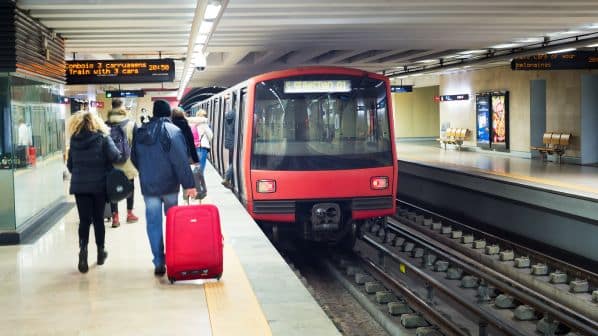THE global metro rolling stock market is set to grow by 3.1% each year until at least 2035, according to SCI Verkehr. A new report by the German management consultancy says that after-sales will account for around 2%, with the remainder from new projects.
Demand from Asia is responsible for much of the anticipated growth, with 15% of new systems located in India.
Key drivers for the development of new and expansion of existing metro networks are population growth in urban areas and increased budget allocations for metro projects from metropolitan authorities.
SCI says China continues to play a leading role in market growth, as many cities with a population over 1 million have already developed a metro network, with extensions in the pipeline. India is emerging as the second most important country for metro development, with over 20 metro systems planned and around 500km of new metro lines expected to be built by 2035. Both China and India benefit from strong economies, allowing substantial investment in metro systems.
More mature metro markets in Europe and North America will be characterised by fleet renewals, says SCI, while eastern European countries, such as Poland and Romania, as well as Turkey, are also building new networks. Established major networks in western Europe, such as Milan and Paris, are extending and implementing driverless operation.
Growth in other parts of the world is likely to be more modest, SCI predicts. In the Middle East, Bahrain, Kuwait, and Oman are developing new metro systems, while Saudi Arabia and the United Arab Emirates (UAE) are expanding their networks, but at a limited rate due to low population growth. In Africa, despite high demand, expansion is largely limited by financial constraints. Cairo is an exception where there is large-scale investment.
In the past, the CIS market, especially Russia and Ukraine, were major players in the global marketplace, but the outbreak of war has resulted in an uncertain short-term future. However, after hostilities cease, SCI forecasts reconstruction in Ukraine, , with funding likely from European sources.




